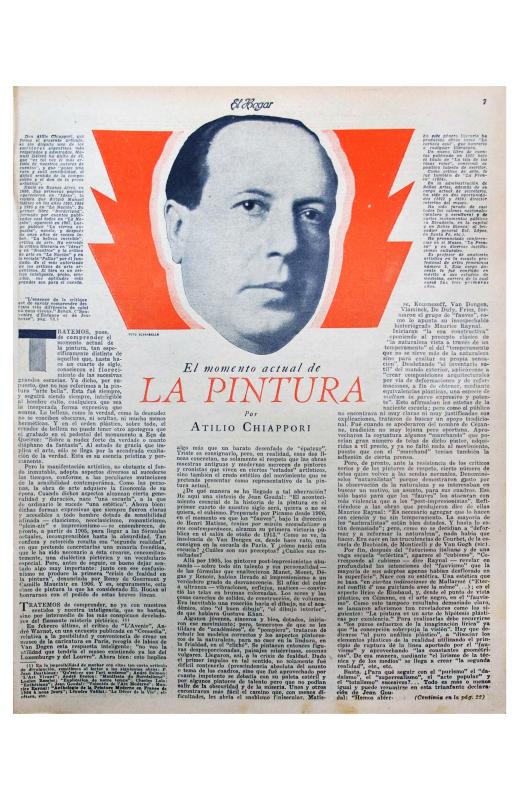Antonio Berni (Rosario de Santa Fe, 1905–Buenos Aires, 1981). He began studying in Europe in 1925, establishing himself in Paris, where he came into contact with both the Surrealist avant-garde and Communism. Upon returning to Argentina in 1932, he exhibited his Surrealist works at Amigos del Arte [Friends of Art]. The following year, he joined the Equipo Poligráfico Ejecutor [Lead Polygraphic Team] formed by David Alfaro Siqueiros in order to carry out the mural Ejercicio Plástico [Visual Exercise]. Berni developed his New Realism theory out of politically and socially committed art grounded in transcendent realism. In 1944 he created the Taller de Arte Mural [Mural Art Workshop]. In the 1950s, Berni conceived paintings dealing with the rural community, in particular in the northern province of Santiago del Estero, and also began his narrative collage series Juanito Laguna. In 1962 he won the Grand Prize for Engraving and Drawing at the Venice Biennial. The following year, he began his Ramona Montiel series. In the 1960s and 1970s, while he continued with his paintings, collages, and engravings, Berni created objects, installations, and happenings; he also explored diverse stylistic variants of realist representation.
After Berni’s stay in Europe, during which he became linked to Surrealist groups, in 1932 the artist settled in the Argentinean city of Rosario, where his experiences there proved seminal to his career. Key events included: the June exhibition of his Surrealist work in Buenos Aires at Amigos del Arte, his use of photography to document the social conditions of the 1930s, and his political activities within Argentinean Communist circles.
This document presents the text of Berni’s contribution to the open and public discussion on modern art. It also touches upon the debate between Horacio Butler, an artist who was shaped by the Parisian modernism of retour à l’ordre [return to order] [see document no. 790317], and Atilio Chiappori, writer, critic, and director of the Museo Nacional de Bellas Artes [National Museum of Fine Arts], who was a defender of Post-Impressionist naturalism [see doc. no. 733960]. The document makes it clear that the politicization and ideological bickering within art circles began before the arrival of Siqueiros, and that he functioned merely as a catalyst for questions and discussions that had already been proposed.

